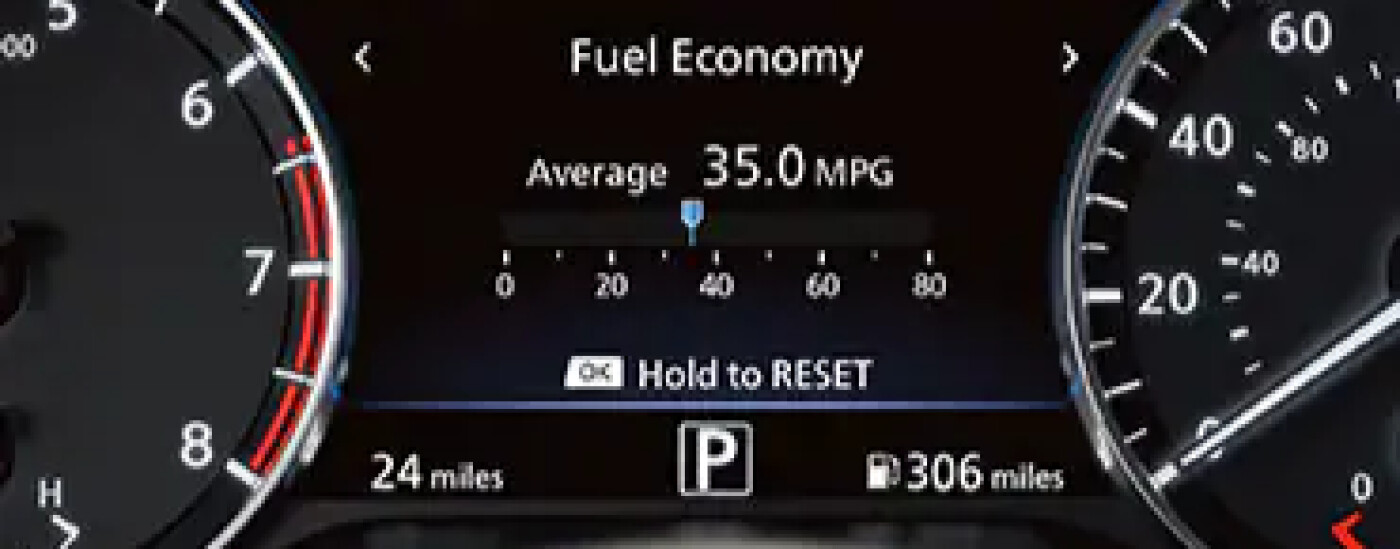Have you ever been curious about the MPG equivalent of your EV? The EPA says my EV gets an MPGe of 122. Unfortunately, the EPA’s spec is just comparing the energy is a gallon of gasoline to a kWh of electricity. That can be misleading, since what people are trying to do, when they evaluate MPG or MPGe is ask the question, “What’s the cost of getting down the road?”.
That’s why I use MPG$e.
MPG$e takes into account the relative price of gasoline and electricity, creating a more valuable spec: Miles Per Gallon dollar equivalent. The fact that MPG$e uses “fuel” pricing in the comparison means that it is not a static value for all locations or even all days. As the price of electricity and gasoline vary, the MPG$e also varies (click on my link above to learn more). A better solution for the window sticker is a QR code that takes the user to a web-based calculator that allows the local cost of electricity and gasoline to be entered in order that the value is realistic for that person’s actual environment.
The cost of charging is different between home and public charging and that affects MPG$e. I recently drove to Austin and back to attend a conference. I started with a 100% charge at home, where I pay 14.1¢ per kWh. The trip is 201 miles each way. For the MPG$e comparison, I used a gasoline price of $3.11 per gallon, which the U.S. government says is the average price in Texas right now.
The trip from home to Austin had an MPG$e of 77 (pretty far from the 122 MPGe on the sticker, but the trip was at 75 MPH… sometimes a bit faster).
The trip back from Austin was on electricity from a Tesla Supercharger, priced at 24¢ per kWh, resulting in an MPG$e of 45.
In actuality, an EV driver does not fill to 100% at a Supercharger, because it is hard on the battery. I filled to 80% and drove to the hotel for the conference. Fortunately, the conference venue (JW Marriott, downtown Austin) had free Level 2 charging, so I topped off the remaining 20% for free. If I factor in the free electricity, my EV’s MPG$e increases from 45 MPG$e to 62 MPG$e, because the average cost of the electricity (24¢ versus free) varied.
So my curiosity has been satisfied:
- Home charging: 77 MPGe (for long, high speed trips).
- Supercharging: 45 MPG$e.
- Mix of Supercharging and free Level 2 charging: 62 MPG$e.
There is a calculator for MPG$e available for download. (Apple Numbers and Microsoft Excel spreadsheets)



